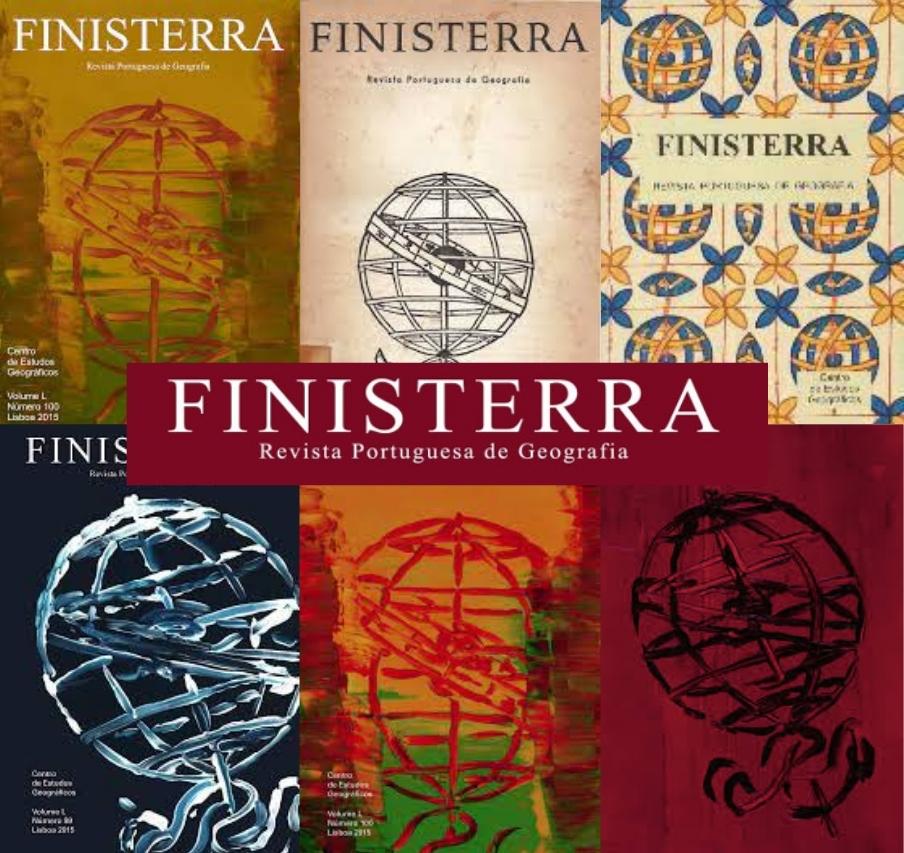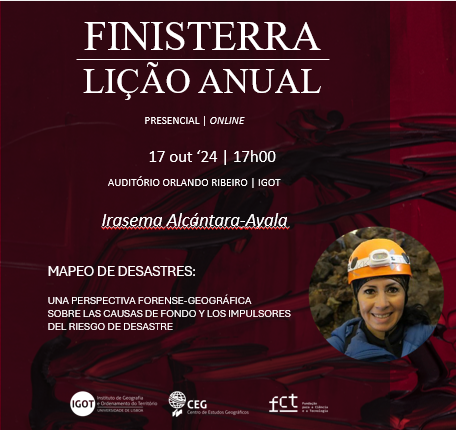DEFINITION OF FLOOD-PRONE AREAS IN ESTRELA AND LAJEADO/RS USING IBER 2D MODEL.
DOI:
https://doi.org/10.18055/Finis35402Abstract
In Rio Grande do Sul/Brazil, many cities are frequently affected by floods, such as Estrela and Lajeado. The use of 2D hydrological models helps to identify flood-prone areas and flood levels. In this context, the objectives of this article are: to define the flood areas and water height in the urban areas of Estrela and Lajeado based on a 2D hydraulic model, to identify the number of buildings and their types of use and coverage that are exposed, and to validate the results with fieldwork and past flood history. The hydrological data were based on the work of Oliveira et al. (2018), and the hydraulic model was processed using IBER 2.5.1. The model was validated by comparing the results with another hydrological model and field data. The data showed satisfactory similarity between the 2D hydraulic model obtained with IBER and the data published by IPH/UFRGS, with a spatial overlap of 92.6% and 95.9% in Estrela and Lajeado, respectively. The results made it possible to efficiently quantify the exposed buildings, where it was found that Lajeado has 1,958 and Estrela 3,385 exposed buildings. Additionally, the study identified the types of land use and coverage located in flooded portions of the Taquari-Antas river in the urban areas of the two municipalities. This work contributes to emergency management and response to flood events. The 2D model generated in IBER proved to be a suitable option for strategic planning and is presented as a tool for reducing flood risk.
Downloads
Downloads
Published
How to Cite
Issue
Section
License
Copyright (c) 2024 Finisterra

This work is licensed under a Creative Commons Attribution-NonCommercial-NoDerivatives 4.0 International License.
-
The opinions expressed in the texts submitted to Finisterra are the sole responsibility of the authors.
-
Authors retain copyright and grant the journal the right of first publication, with the work simultaneously licensed under the Creative Commons Attribution License, which allows others to share the work with acknowledgement of its authorship and initial publication in this journal.
-
Authors commit to following the “Submission Guidelines” available on the RCAAP platform.
-
Whenever the text requires changes based on suggestions from Scientific Reviewers and/or the Executive Editorial Board, authors agree to accept and implement these changes as requested. If there are changes the authors disagree with, appropriate justifications must be provided on a case-by-case basis.
-
Reproduction of copyrighted material has been previously authorised.
-
The texts are original, unpublished, and have not been submitted to other journals.
Copyright
It is the responsibility of the authors to obtain authorisation to publish any material subject to copyright.
Editing Rights
Editing rights belong to the Centre for Geographical Studies of the Institute of Geography and Spatial Planning, University of Lisbon.
The editing of a text submitted to Finisterra for publication implies that it is an original.
Publication implies acceptance of the submission guidelines and compliance with authors’ responsibilities.
Publication Rights
All publication rights belong to the Centre for Geographical Studies, as the publisher of Finisterra.
Licence URL: CC Attribution – Non-Commercial – No Derivatives (BY-NC-ND).
Digital Preservation Policy
Finisterra uses the Open Journal Systems (OJS 3.2.1.4), a free and open-source software for journal management and publication, developed and distributed by the Public Knowledge Project (PKP) under the GNU General Public License. PKP is a multi-university initiative that develops open-source software and conducts research to improve the quality and reach of scholarly publishing. OJS includes the PKP PN plugin, a means of digitally preserving journal content in the PKP Preservation Network (PKP PN), which ensures long-term access to OJS journal content. PKP enables OJS journal publishers to preserve content in a decentralised and distributed manner. This ensures that, in the event a journal ceases publication or goes offline, continued access to articles and issues remains available (long-term preservation).
For more information, visit: https://pkp.sfu.ca/ojs/




_(2).jpg)

